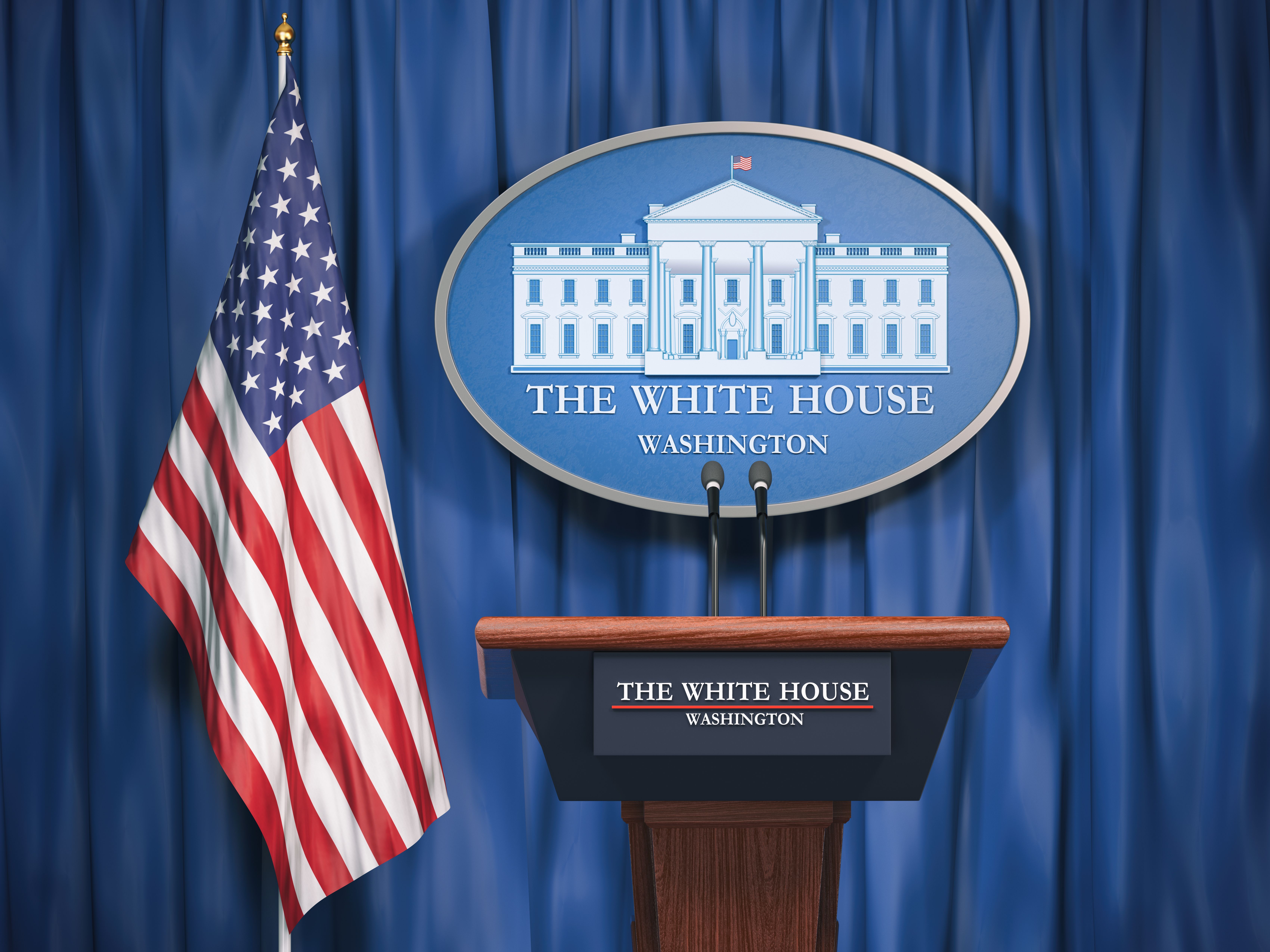Commentary
Video
The Impact of Remote Pharmacy Services on Patient Care
Author(s):
Mike Brown, vice president of managed services at Cardinal Health, discusses how remote pharmacy services are revolutionizing patient care by improving accessibility and medication safety.
A remote model working after hours allows pharmacists to review orders, answer questions, and address inconsistencies in medication orders, which has a direct impact on patient safety by capturing potential medication errors that may go unnoticed during closed pharmacy hours, says Mike Brown, vice president of managed services at Cardinal Health.
Transcript
How has the implementation of flexible remote pharmacy models impacted the accessibility of pharmaceutical services for patients?
If you think about the traditional reason why we have remote pharmacy services, it’s that the majority of the hospitals around the United States are not open 24/7. So, the pharmacy actually closes down, and when that happens, you don't have accessibility to a pharmacist. But with a remote model working after hours, you gain that accessibility, so the pharmacist is always there to review orders. If you have questions, you can call and ask them question. It's very much improved accessibility to the people who are working at the facility, primarily the nurses and the physicians, but also accessibility to the patients.
What do I mean by accessibility to patients and why is that important? We process about 10 million orders annually. During that processing, about 5% of the time, we notice that the order has an inconsistency to it; there's questions about it. So we will do an intervention on that order. What we find when our pharmacists are doing those interventions, about 2.5% are potential medication errors that we are capturing. That wouldn't happen if we weren't monitoring those orders after hours. That's a direct impact that our accessibility to a pharmacy is having at those facilities, which is really driving improvement in quality and patient care. I think I'm a very big proponent of making sure you're covering your closed pharmacy hours with a remote service, just from a safety standpoint.
Another area where accessibility comes in place is, customers are coming to us now and saying, "Hey, we have a retail store, we want to start doing discharge medical orders."Beds to beds programs is what they call them. It's really when they get discharged, they want to make sure they have their scripts for when they go home—but it's more than just that. They want to do counseling at the bedside. They can't do that with their pharmacists if they're entering orders, so they're asking us to enter those orders and [that is ] freeing their pharmacists to go up and do more of that clinical function of counseling with those patients.
I was just reviewing a larger customer that we have, which is about 500 beds. They implemented that program last year, and they've been tracking their HCAHPS [Hospital Consumer Assessment of Healthcare Providers and Systems] scores, and they can directly correlate that their HCAHPS scores have [gone] up 15 points based on utilizing remote and redistributing those pharmacists up to doing meds to beds and patient counseling upon discharge. Technology is having a very positive effect when it comes to access to patients within that facility.





